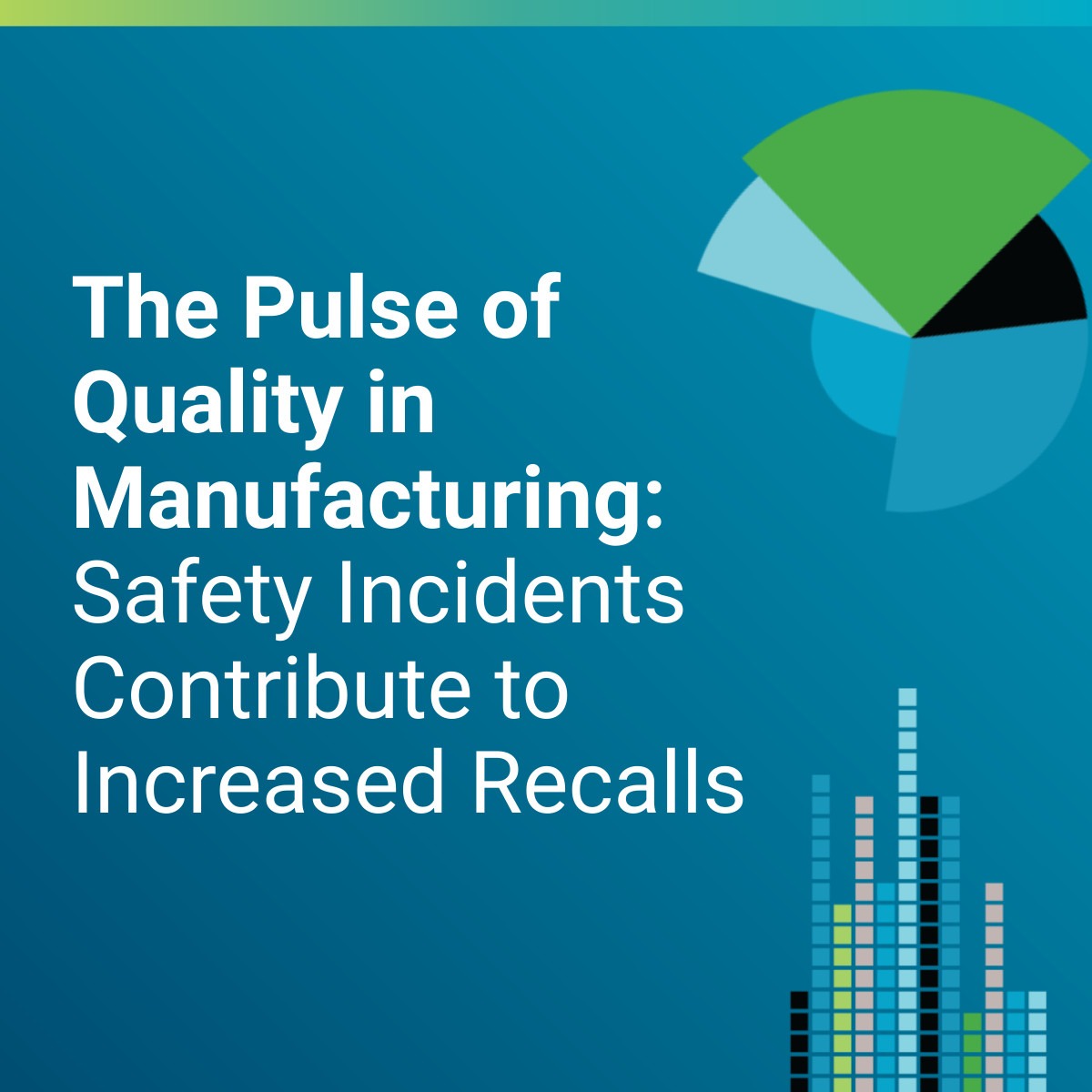Any organization involved in the design, production, servicing, or installation of medical devices needs ISO 13485 certification to demonstrate its dedication to quality. Its uptake has grown in recent years, with the number of total valid ISO 13485 certificates globally rising from 23,045 in 2019 to 25,656 in 2020.
The question is, though, how is ISO 13485 for medical device quality management systems different from ISO 9001 for quality management? And who exactly should get certified?
Continue reading, or contact our quality experts, to discover everything you need to know about ISO 13485 and how to ensure you certify.
What is ISO 13485?
As with other ISO certifications, ISO 13485 enables an organization to prove it can consistently and thoroughly meet the requirements of customers and regulatory bodies.
Specifically, ISO 13485 refers to medical devices and related services. Those in this industry can create a quality management system (QMS) within ISO 13485 standards that guarantee best practices. Medical device industry businesses can utilize ISO 13485 at any point in the product life cycle, giving the bonus of flexibility.
Adopting this standard allows access to a step-by-step framework for creating a QMS, allowing users to analyze gaps in the current quality management framework and better monitor where and how improvements can be made. While ISO 13485 is not a requirement, the sheer wealth of benefits created by getting certified can’t be ignored.
What Are the Benefits of Certifying to ISO 13485?
Let’s dig into those benefits. Complying with ISO 13485 is a major step towards meeting European Regulatory requirements – a must for any business acquiring or maintaining business in the EU. It shows that a business can guarantee the quality level of certain products and services – in this case, within the medical industry, which is in itself a strictly-regulated sector.
ISO 13485 certification protects consumers’ health by reducing the risk of defective devices ever being part of the supply chain. Additional benefits of ISO 13485 certification include:
- Greater access to other clients, including international ones that require certification
- Better operational efficiency and risk management thanks to a more precise analysis of processes and operations
- A reduction in costs thanks to improved efficiency
- An improved reputation leading to greater loyalty in clients
- Potential compliance with other regulation systems, as ISO 13485 can be a basis for other frameworks
A QMS that has a specific link to the medical industry can make a tremendous difference for businesses seeking ISO 13485. ETQ has developed a Lab Investigation application aimed at businesses in life sciences and other regulated and non–regulated industries, giving them the ability to track and resolve problems identified during lab testing efficiently.
Who Needs to Certify to ISO 13485?
While there are no legal requirements to have ISO 13485 certification, many companies look for it as a condition of conducting business. It aligns with many global regulations, including the CE marking of medical devices under European Directives and US Food and Drug Administration requirements for medical device manufacturers.
ISO 13485 certification is ideal for businesses that design, produce, install, or service medical devices. However, other elements of the medical device supply chain can be certified, including:
- Medical device suppliers
- Importers and distributors
- Providers of additional services such as technical support, installation, or QMS software
ISO 13485 is the most up-to-date standard for medical devices, so it should be the first port of call for businesses looking to meet quality standards better.
What’s the Difference Between ISO 13485 and ISO 9001 Standards for Medical Devices?
ISO 13485 is based on ISO 9001 for Quality Management Systems, which is reviewed every five years to ensure it’s always relevant. While ISO 13485 incorporates most of ISO 9001 within it, there are some key differences.
- ISO 13485 adds requirements around documentation and identification of regulatory requirements specifically for manufactured devices.
- It also removes some ISO 9001 requirements around the demonstration of continuous improvement, among some others. ISO 13485 only requires implementation and maintenance of the EQMS.
- ISO 13485 doesn’t have the same high-level structure as other ISO standards, including ISO 9001.
ISO 13485 or ISO 9001 Standards for Medical Devices?
ISO 13485:2016 was most recently reviewed in 2020, and ISO 9001:2015 was most recently reviewed in 2021, but no changes were required. That means that both of these certifications are current and up-to-date.
Because ISO 13485 and ISO 9001 don’t share the same structure, most businesses would find it challenging to comply with both. For most businesses, it makes sense to choose the one that suits best, and pursuing both is unnecessary when ISO 13485 is already heavily based on ISO 9001.
Based on the benefits that ISO 13485 enables, it’s the better choice for any organization that sells globally. International customers will be looking for ISO 13485 certification in those they partner with.
For those just getting started and those who need recertification, the time is now to start preparing. Key steps include ISO 13485 training and performing a gap analysis to pinpoint the most critical areas to focus your efforts quickly.


